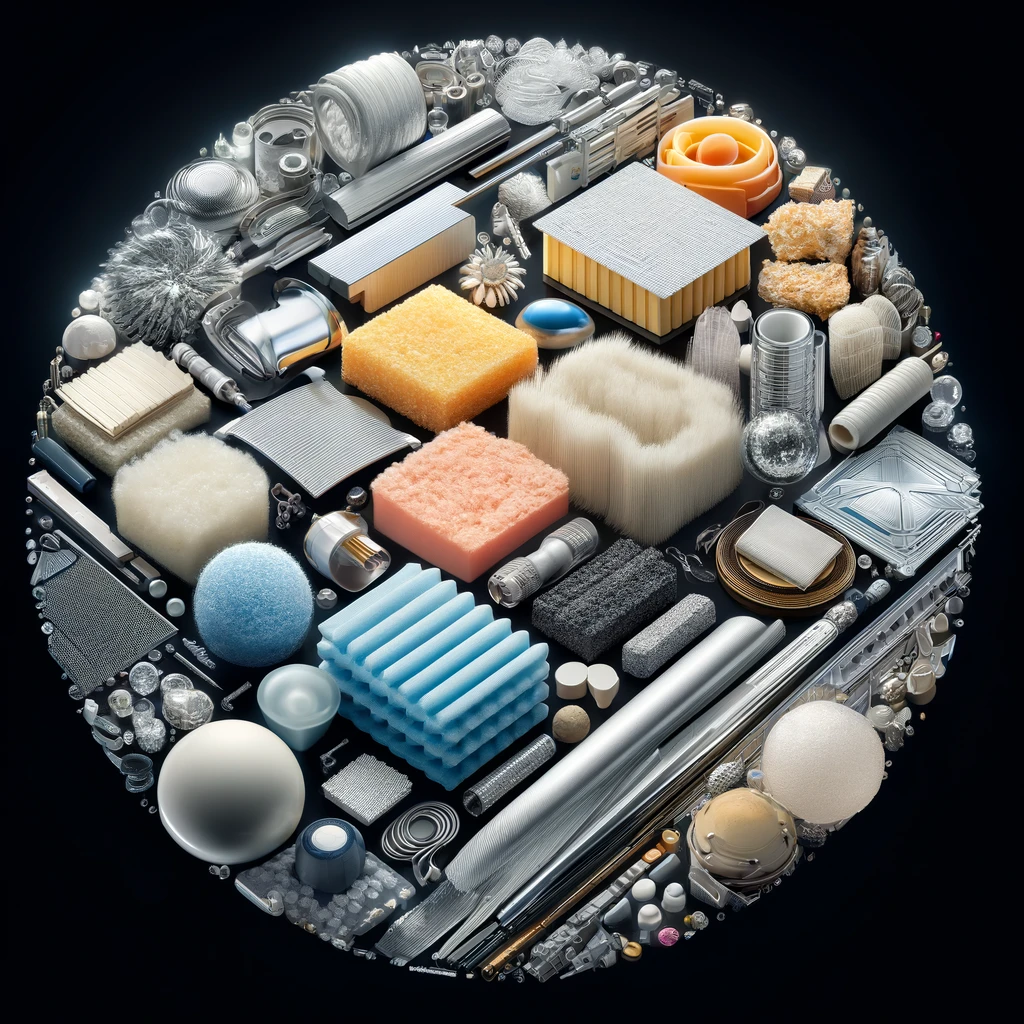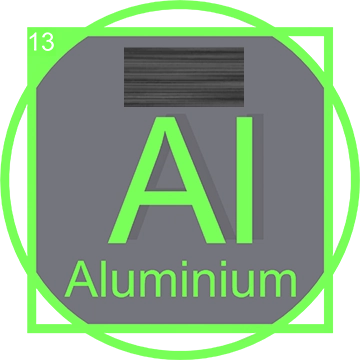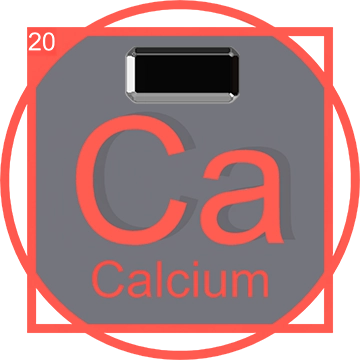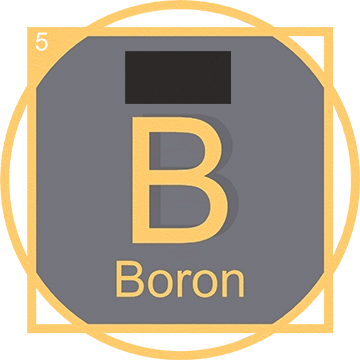Thermal Insulation and the Role of the Periodic Table
Thermal Insulation: An Introduction
Thermal insulation is crucial for enhancing energy efficiency and improving comfort in both residential and commercial buildings. This article delves deeper into the elemental components that make up insulation materials, exploring how the periodic table influences these technologies and shapes our strategies for achieving better thermal resistance and energy conservation. The connection between element properties and their application in insulation materials offers fascinating insights into the material science that underpins modern insulation solutions.
Thermal Insulation: A Historical Perspective

From the use of ancient mud bricks to the stone constructions of medieval times, the quest for effective thermal insulation has a rich and diverse history. The development of modern insulation materials significantly advanced during the industrial revolution with the initial use of dangerous materials like asbestos. The advent of the periodic table enabled scientists to gain a deeper understanding of the properties of various elements and their compounds, facilitating the invention of safer and more efficient insulating materials. These developments were crucial in responding to the growing demands for better living conditions and energy-efficient building practices.
Today's Thermal Insulation Technology
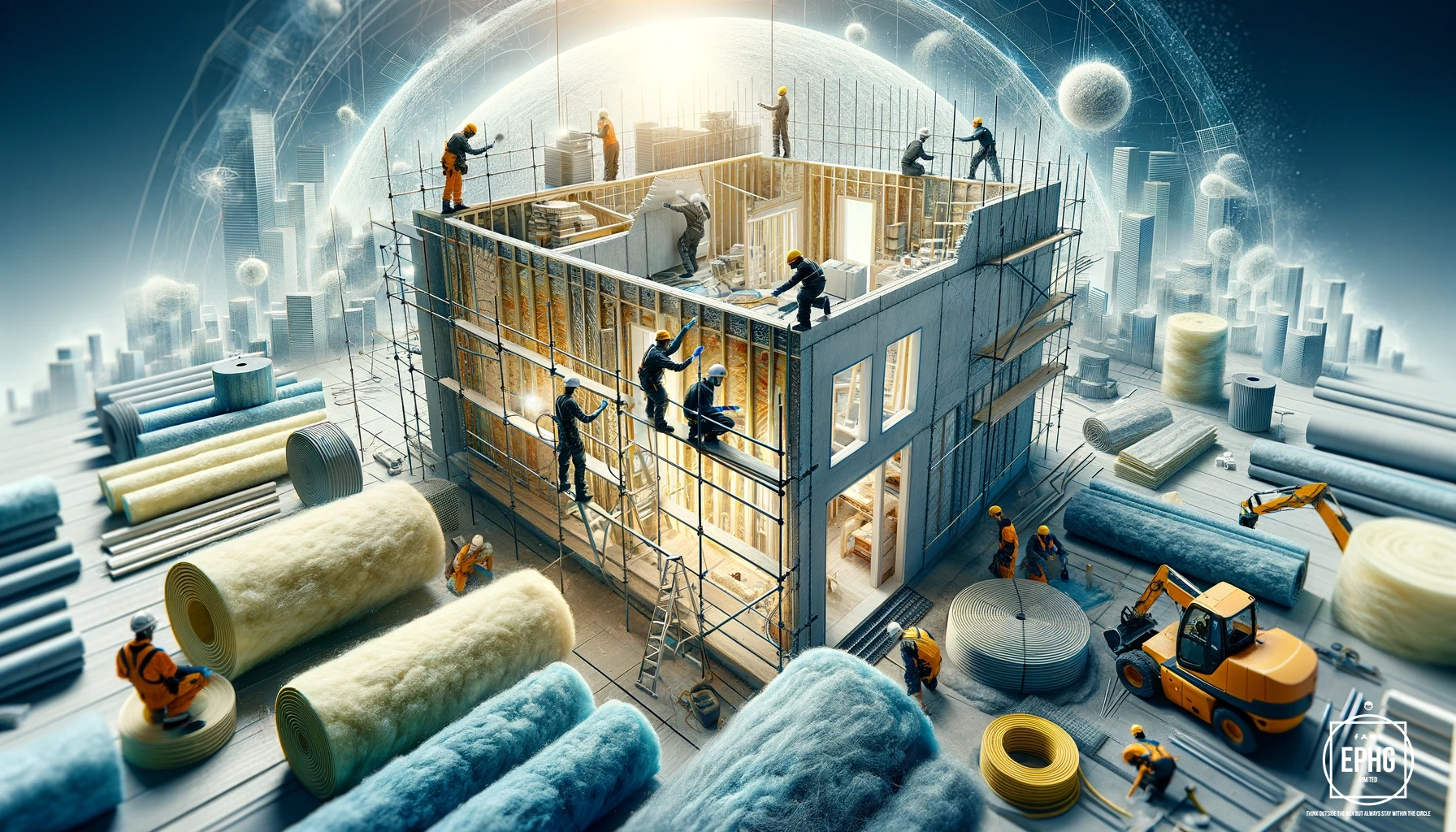
Today's insulation materials are not only more sophisticated and diverse but are also better suited to meet the specific needs of contemporary architecture, including options like fiberglass, cellulose, and advanced foams. Silicon, prominently found in silicon aerogel, boasts exceptional thermal properties and lightness, making it an ideal choice for high-performance insulation in extreme environments, including outer space. Additionally, elements like aluminum are employed in reflective insulation systems that effectively prevent heat transfer by radiation, thereby significantly boosting the energy efficiency of structures.
Future of Thermal Insulation

The future of thermal insulation is focused on creating materials that are not only highly effective but also environmentally benign and sustainable. The continuing advances in nanotechnology and biotechnology are poised to introduce cutting-edge materials derived from renewable resources, offering superior recyclability and dramatically reducing environmental impacts. This evolution in materials science is transforming the insulation industry, paving the way for next-generation materials that promise even greater energy savings and environmental benefits.
Thermal Insulation: The Role of the Periodic Table
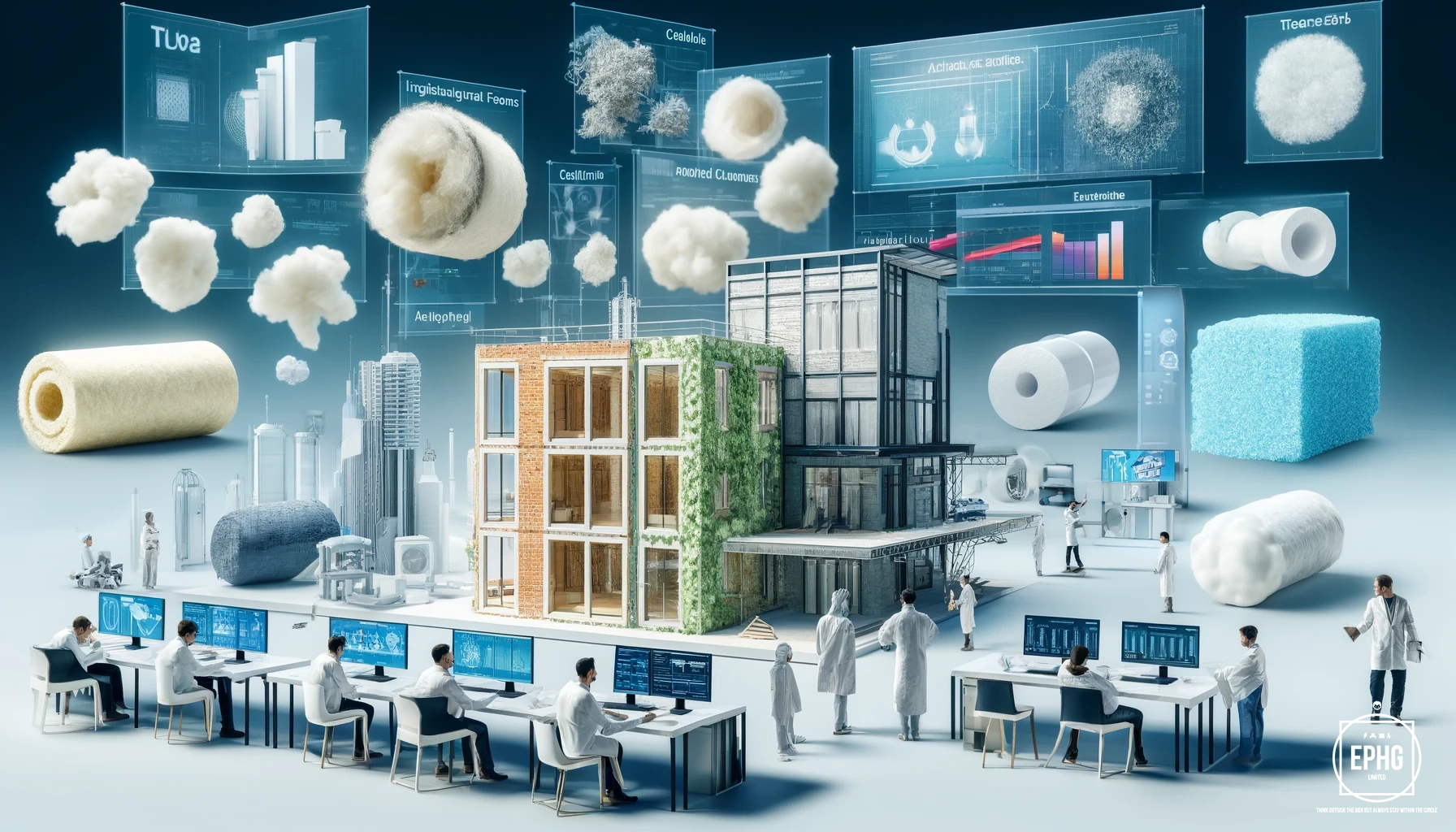
The periodic table remains a fundamental tool in the ongoing development of new insulation materials. By enhancing our understanding of the thermal properties of elements like boron and calcium, significant advancements have been made in insulation technologies. These innovations not only improve the energy efficiency of buildings but also contribute to the sustainability of modern architecture, enabling the design of smarter, more energy-efficient structures that are vital for achieving global environmental goals.
Challenges and Solutions of Thermal Technology
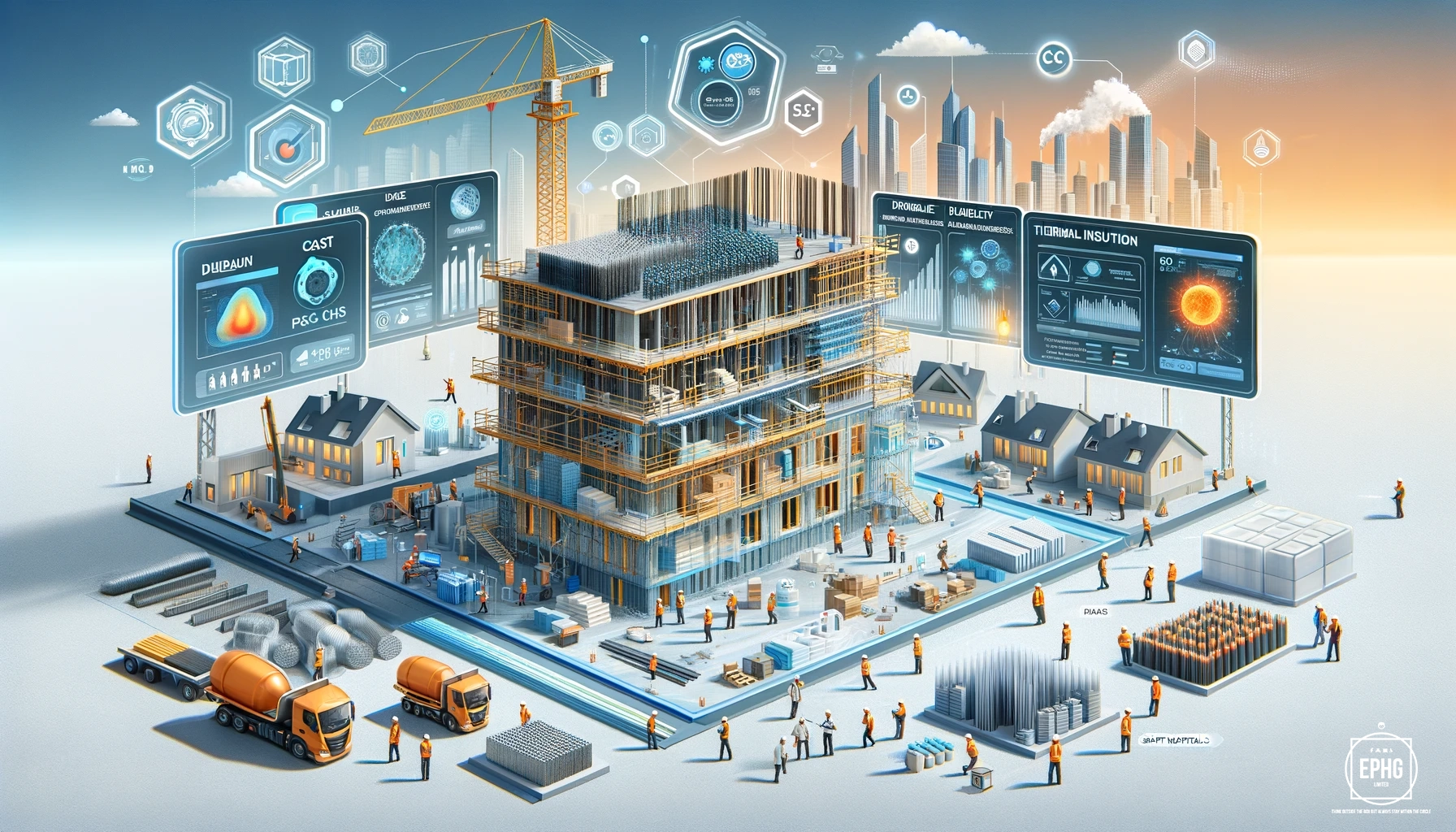
Despite the advancements in insulation technologies, several challenges persist, such as cost, durability, and installation complexity. Researchers are continuously seeking solutions to these issues by exploring innovative materials and techniques. For instance, phase change materials (PCMs) are being integrated into insulation systems to enhance thermal regulation by absorbing and releasing heat. Additionally, the use of smart materials that adapt to environmental conditions holds promise for future applications. Addressing these challenges is critical for making insulation more accessible and effective for a wider range of applications.
Enviromental Impact of Thermal Insulation
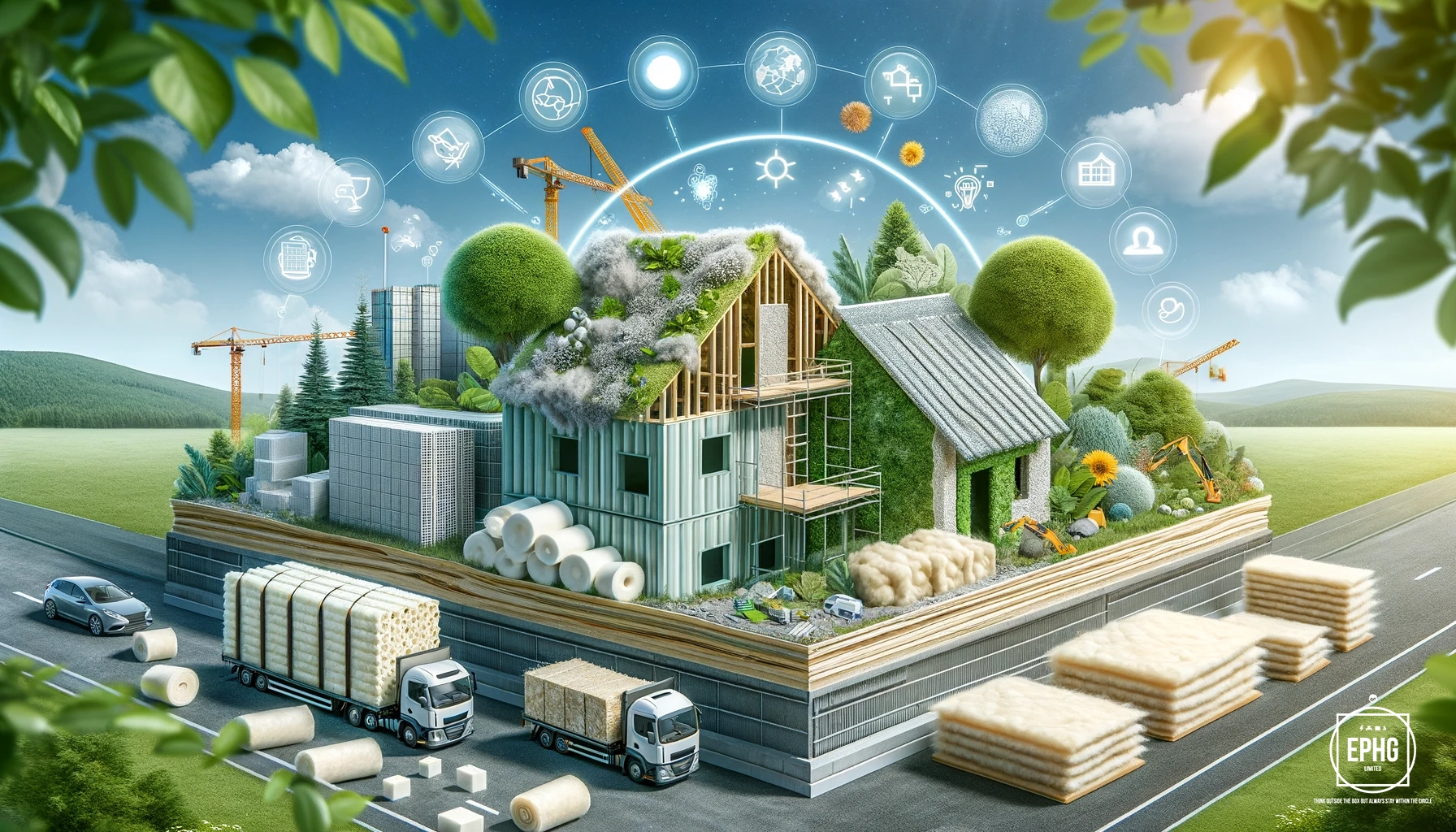
The environmental impact of insulation materials is a significant consideration in their development and application. Traditional materials like fiberglass and foam have associated environmental costs, including high energy consumption during production and limited recyclability. The shift towards sustainable insulation solutions is driven by the need to reduce these impacts. Biodegradable materials, such as those made from agricultural by-products, and innovations like mycelium-based insulation, offer eco-friendly alternatives. These materials not only provide effective thermal resistance but also contribute to reducing the carbon footprint of buildings.
Innovations in Thermal Insulation of Nanotechnology

Nanotechnology is revolutionizing the field of thermal insulation by enabling the creation of materials with superior properties at the nanoscale. Nano-insulation materials, such as aerogels and nanocellulose, exhibit exceptional thermal resistance and low thermal conductivity. These materials are lightweight and have a high surface area, which enhances their insulating capabilities. The integration of nanoparticles into traditional insulation materials can also improve their performance, making buildings more energy-efficient and reducing overall energy consumption.
Health and Safety in Thermal Insulation

Health and safety are paramount when selecting and installing insulation materials. Early insulation materials like asbestos posed serious health risks, leading to stringent regulations and the development of safer alternatives. Modern insulation materials are designed to minimize health hazards, with an emphasis on non-toxic and hypoallergenic properties. Proper installation and handling procedures are crucial to ensure the safety of occupants and workers, highlighting the importance of adhering to industry standards and guidelines in insulation practices.
Market Trends in Thermal Insulation
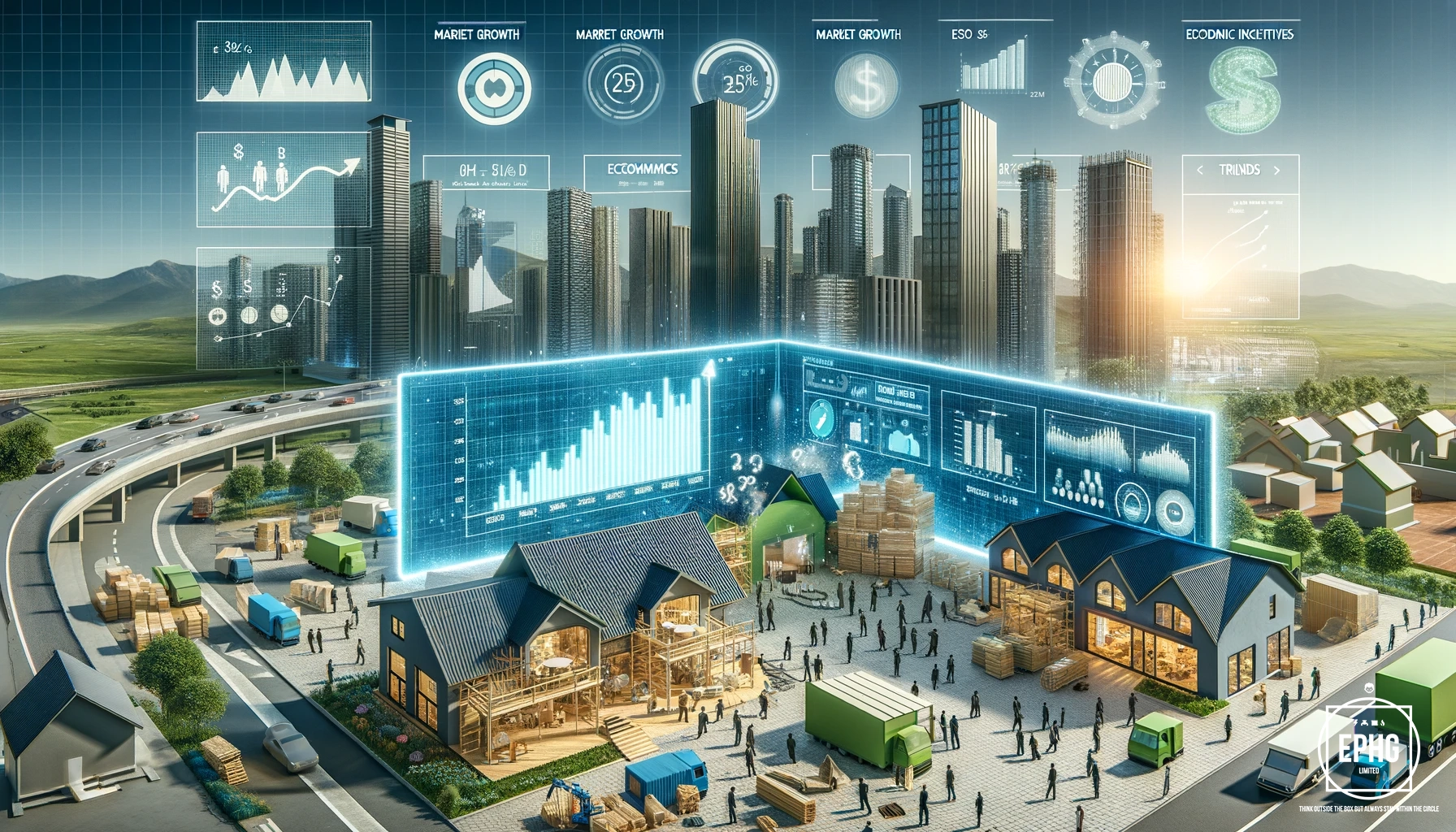
The thermal insulation market is evolving rapidly, driven by increasing demand for energy-efficient buildings and stringent environmental regulations. Market trends indicate a growing preference for sustainable and high-performance insulation materials. Economic incentives, such as tax credits and subsidies for energy-efficient home improvements, are also boosting the adoption of advanced insulation technologies. This market growth is creating opportunities for innovation and investment, fostering a competitive landscape that encourages the continuous improvement of insulation solutions.
